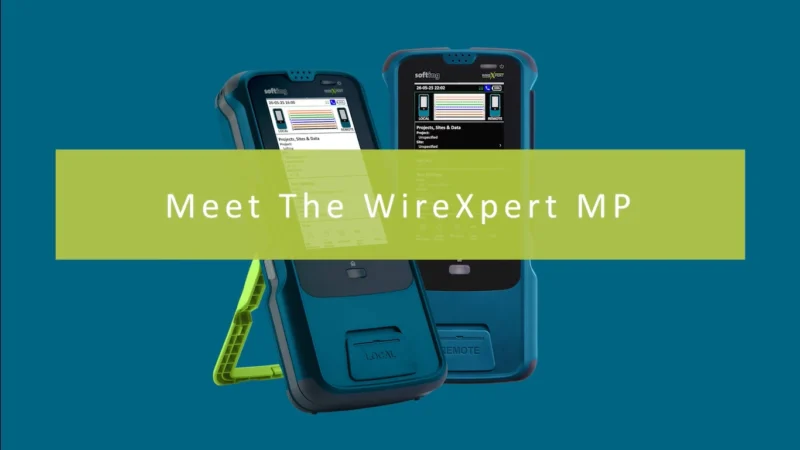AT&T Beefs Up its D.C. Smart City with Facilities Management Partners. Here’s Why Smart City Cybersecurity Should Be its Next Investment.
AT&T’s recent partnership with Fortress Solutions for its ambitious 5G smart city project in Washington, D.C., is a significant step forward in the race to build smarter and more efficient urban centers. Many believe that this partnership is a promising development for the Internet of Things (IoT) technologies that will be integrated into the project, adding more support for ultra-low latency 5G communications and the necessary fiber connections to support carrier networks in the smart city. As innovative smart city projects get closer to fruition and project runners determine the necessary investments to support their web of networks and devices, what sorts of smart city cybersecurity strategies need to be deployed in tandem?
Back in 2021, AT&T along with JBG Smith set out to create National Landing, the first “5G smart city at scale.” As part of the new alliance, Fortress Solutions will operate and maintain JBG Smith’s edge data center facilities as well as provide design and implementation services. The project aims to deliver cutting-edge facilities management services for fiber optics, edge data centers, and 5G infrastructure, laying the foundation for a more connected and innovative city.
These facility oversight updates are encouraging for the coming wave of connected cities and urban services, but when weighing the scope of smart city facilities management, smart city cybersecurity is also a critical piece of the puzzle. As of now, National Landing hasn’t announced any external partners or specific strategies surrounding its cybersecurity strategy. Fred Chang, operations director at high-speed zero-trust network access solutions company Dispel, shares her thoughts on the importance of the cybersecurity layer in smarty city infrastructure and facilities management, as well as some specific cyber safety strategies that will prove useful for smart cities.
Fred’s Thoughts:
“As smart cities grow with more sensors and IoT networks, the two goals are going to be to stay, one, connected and two, secure. All the increased data flows and connectivity will need to be supported with an increased security posture using network-level moving target defense.
Moving target defense allows wide-scale deployments of infrastructure while minimizing target work and risk. And at scale, moving target defense significantly increases security while lowering costs when compared to traditional static defense methods. Looking forward, it’s going to be exciting to see that important quality-of-life improvements will get from enhanced data and cyber physical integrations when properly backed by network security.”








